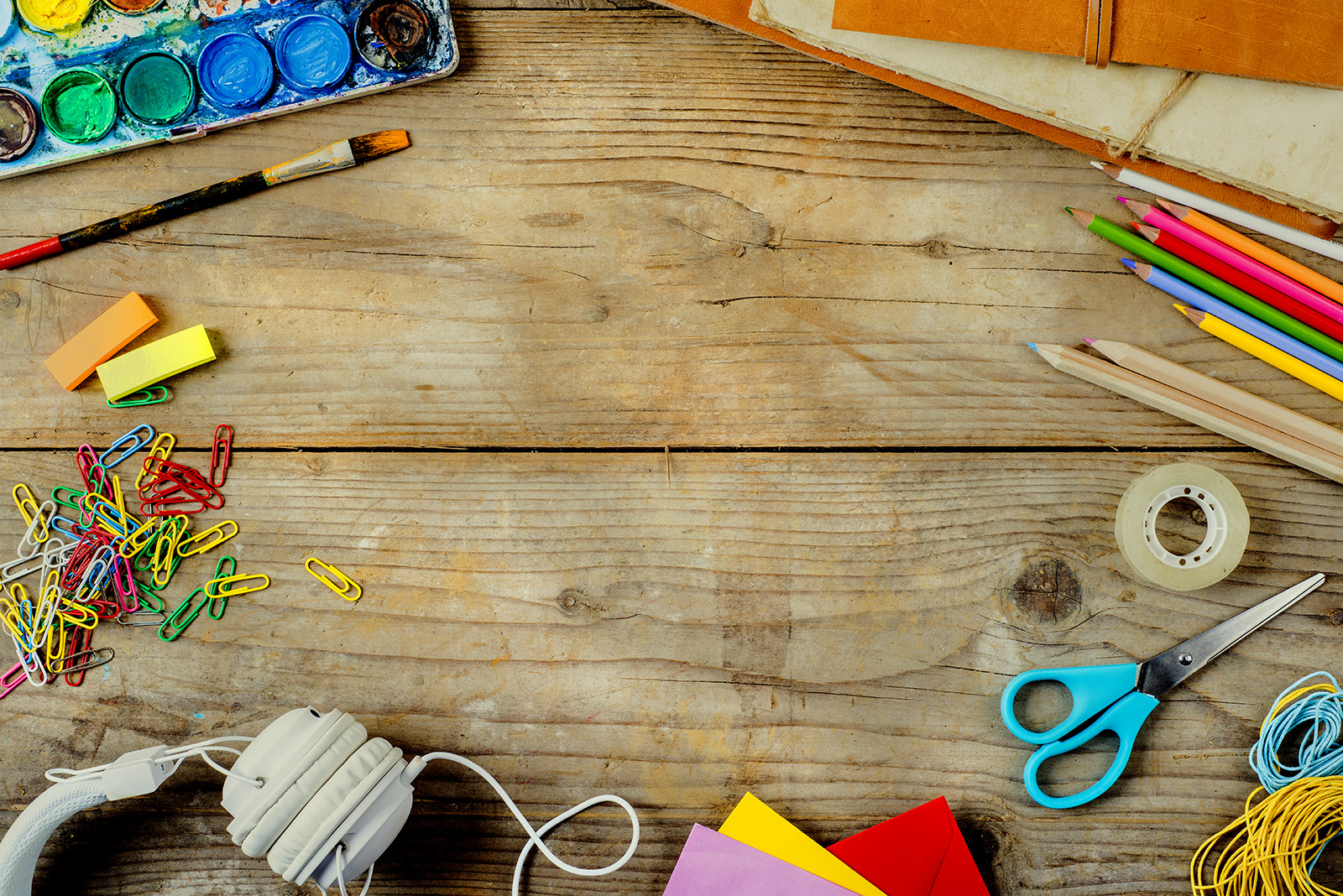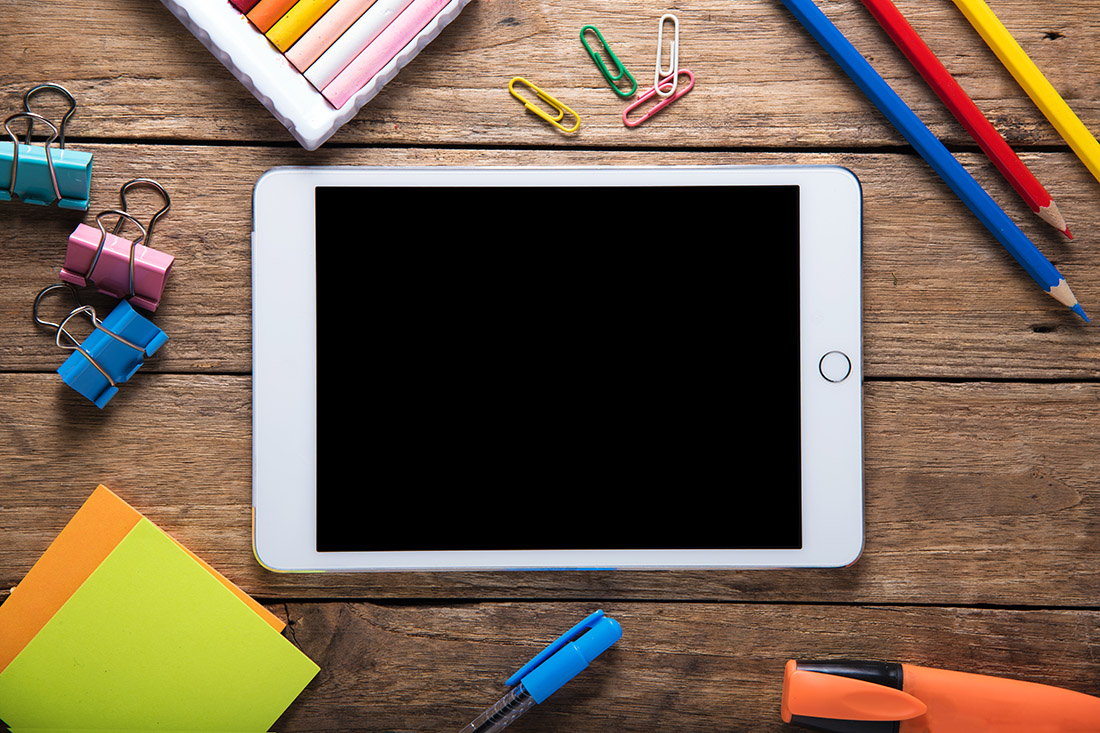So…. I have always had mixed feelings about screen time, especially for kids. I don’t think it’s good for children to stare at a screen consuming content or playing mindless addictive games. Go outside! Play with friends! Build a fort!
But here’s the thing: HOW we use technology is what matters. It can connect us, or isolate us. It can ruin our imagination, or unleash it.
When I was a kid myself, I didn’t like sitting in front of the computer too much. I was a great programmer, but it ticked me off to be sitting there in front of a screen for so long, and look up and discover hours had gone by. But as I got older, things changed. The coolness of the stuff I could make on the computer grew exponentially. (Yes, coolness is a scientifically measurable quantity, and I measured its growth, and it was exponential. 🙂 ) Seriously, though, it wasn’t just me learning to do more stuff. The technology itself evolved. The Internet became a thing. Suddenly we could all develop each on top of what the other was doing. Both in computer graphics and in software development, we were all able to create more and more compelling projects, and get from zero to “amazing thingamabob that does awesome stuff and looks fantastic” more quickly than ever before.
Everyday use of computers is here to stay. This includes mobile devices, and of course the Internet in all its glory. So how about we give kids the tools to MAKE stuff with it. To create, instead of just consuming.
I’m also a big fan of real, physical artwork. Big fan. HUGE. I don’t want my kid to skip over the tactile experience of finger painting or smooshing plasticine with her hands and changing its form. And that is why I make tools that let you bring to life physical artwork that you create, and encourage you to really make some arts and crafts, not just paint digitally on the screen. Digital artwork has its place – and though I was always old school and resistant to it, I have found that it’s actually incredible and a natural extension of what we do with physical art supplies. Procreate, anyone?? Love that app. I mean, everything was new technology once. And different tools can be used in new and exciting ways. (For instance: Photography is creative too – just because we don’t use a pencil and paper to do it doesn’t mean it’s not art.) Side note – I’ve felt this way about music too. I love physical acoustic instruments and think it’s important for children to touch things and feel the vibrations and understand how music is made. But digital tools can expand on that, and make music more accessible in some ways for some audiences, so I’ve opened my mind to it.
So yeah, digital art has its place. But there is no shortage of tools and apps for that. What I’ve always liked doing, and have found really painstaking, is taking physical artwork and objects and animating them. They are always so much more charming to me than anything I could create strictly digitally. And I couldn’t help but think, children would love this! Who wouldn’t want to see their painting or collage or sculpture come to life? Wouldn’t that encourage them to go out and make more and more art projects?
Therefore, although it would be technically easier for an app to bring to life artwork that’s created solely within the digital space, I push for physical artwork that gets photographed and brought to life inside the app. I also use physicality for the animation itself – using motion capture in the PuppetMaster app, so that kids move their body in front of the camera and act out what they want the puppet to do.
As you can probably tell, I’m very interested in bridging the gap between the physical and digital worlds.
Now all of this is meant to help kids set their imaginations free, and create amazing things with their own two hands and their own mind. I cannot over emphasize the importance of art education. Too many people think that it’s not really helpful in the “real world”. But it is! I’m a software engineer and I guarantee you the creative thought process I use for that was in part developed by my early art education. I wouldn’t be as good an engineer without that. On top of this, there are plenty of jobs that require an eye for design. Every man made object you see around you every day – physical or digital – was designed by someone! So whatever I can do to support art education and help people see its value – I’m into it.


Leave A Comment